We all know that comprehension instruction is important.
I mean, the whole purpose of reading is to comprehend the text, of course!
But teaching comprehension can become a bit tricky when you work with primary students. Depending upon your class, some of your students may just be starting to read. Others may not be reading at all yet.
Given that, how can we ensure that our students learn to think deeply about what they read? What should comprehension instruction look like in the primary grades? In this post, I’ll explore both of these questions!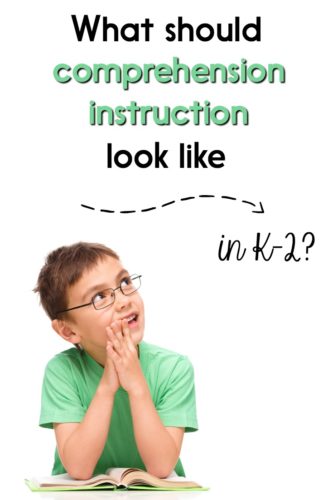
Photo Credit: Serhiy Kobyakov, Shutterstock
Listening Comprehension
I believe that even pre-readers or beginning readers can engage in deep thinking about texts. How? Through readalouds and shared reading!
Even if our students are reading very simple texts, we can—and should—still give them access to complex ideas and vocabulary. When we read aloud text to them, we are doing the decoding work for them so that they can focus on meaning.
However, I don’t dive right into teaching a comprehension strategy the first time I read a book to my students. I typically read a book aloud (or do a shared read with it) and then return to it a bit later for a strategy mini-lesson. When kids are already familiar with the story or information, they can focus even better on learning the comprehension strategy you’re going to teach.
I also usually focus on just PART of the text. I may re-read that part, but there just isn’t time to talk about an entire book during a focused mini-lesson.
When I get to the mini-lesson, I use modeling and thinkalouds to show students exactly how to apply the strategy within that familiar text.
I also provide opportunities for students to practice the strategy with the text. They can participate through:
- Turn and talks
- Whole class discussions
- Helping me create an anchor chart
- Helping me fill out a graphic organizer (or part of it)
- Writing or drawing on sticky notes that I give them (or on iPads/tablets, if you have a 1:1 classroom)
Even pre-readers can participate in these activities because, again, we do the work of decoding the print for them.
Listening comprehension is so important. For some of our readers, it’s the only opportunity they have to practice those more complex comprehension strategies. You can only do so much with those simple, beginning texts that they read independently or during guided reading!
Independent Practice…or Not
In addition to practicing strategies with us, our students need opportunities to practice the strategies independently.
We can give them opportunities to do so during independent reading. We ask them to choose a book in a genre that’s applicable to the target strategy. And then, as they read, students can:
- Write on sticky notes
- Fill out all or part of a graphic organizer
- Write in reading journals
- Respond to a prompt
- Talk to a partner about how they used a strategy
But here’s the thing: I would love for all of my lessons to be nice and neat.
I’d love for all of my lessons to include a sequence of modeling, guided practice, and independent practice…but that’s not always necessary or appropriate.
For example, imagine that you model the strategy of determining importance with a group of kindergarten or 1st grade readers. It’s an important skill for them to learn (eventually), but GOSH, it is challenging!
So is it really appropriate to ask students to try out the strategy independently that same day? To practice that strategy as they read independently, having only been exposed to it once?
In my opinion, no, it’s not appropriate.
Before I ask my kids to try out a strategy independently, I usually expect to model it MULTIPLE times and to engage kids with guided practice over a period of several days. Or maybe even weeks.
Then—and only then—do I ask them to try it out independently.
And even then, I don’t always require students to prove that they’ve tried it out.
I might say, “This is something you can think about as you read!” or “Today and every day, you can apply this strategy to your own reading.” I typically do this when I feel that students just aren’t ready to try a strategy independently.
I frequently use this “invite without pressure” strategy with kindergartners. Although many of my kids are successful in helping me apply strategies in whole group, it just wouldn’t be appropriate to ask them to try out the strategies independently quite yet.
Don’t get me wrong—I hold my students to high standards, and I always try to challenge them. But I don’t want to push them to a point of frustration. Instruction in the primary grades is all about laying the foundation for future work. Our students may not be able to successfully apply a strategy until they’re a bit older, but we can still get them going in the right direction.
When I do feel that some students will be able to use the strategy independently, that’s when I ask them to write something specific on a sticky note, fill out a graphic organizer, plan to share something with a partner, etc.
Small Group Support
Since so much comprehension work takes place in whole group during the primary grades, this presents a challenge: We usually have 20+ kids with us during whole group. Some don’t feel comfortable enough to share. Not everybody can get a turn during every lesson. Some kids just tend to space out or otherwise fall through the cracks during whole group instruction.
So how do we evaluate students’ progress and support them? Especially if they’re not yet practicing strategies independently?
I think that small group readalouds or shared reading can be a GREAT way to help students practice comprehension strategies. We can still provide them the support of reading the text to them. But with fewer students in front of us, we can better differentiate to meet students’ needs AND figure out if our kids are “getting it” or not.
Additionally, we can support our ELLs or struggling students through pre-lesson instruction in a small group setting. Many of those students may have trouble participating in a whole group readaloud, shared reading, or mini-lesson. They may struggle with vocabulary or basic comprehension so much that they don’t benefit from the strategy instruction.
However, if we hold a pre-lesson small group with these kids, we can get them ready to be more successful during whole group. We can do things like:
- Read part of or all of the text aloud to them—so that when we read it during whole group, it will already be familiar to them
- Look at pictures and discuss vocabulary related to the text or mini-lesson
- Read aloud and discuss a summary of the text that we will read
I used to think that small group time was only for guided reading or word work, but now that I’ve tried small group readalouds and shared reading, I see how very valuable they are!
Conclusions
Learning to think deeply about text is important. By using the strategies I’ve shared in this post, we can give our students a solid foundation, while still honoring their development and needs.
Looking for more support with teaching comprehension to your students? Check out my K-1 reading comprehension bundle or 2nd grade reading workshop bundles for done-for-you lessons and materials!
Happy teaching!

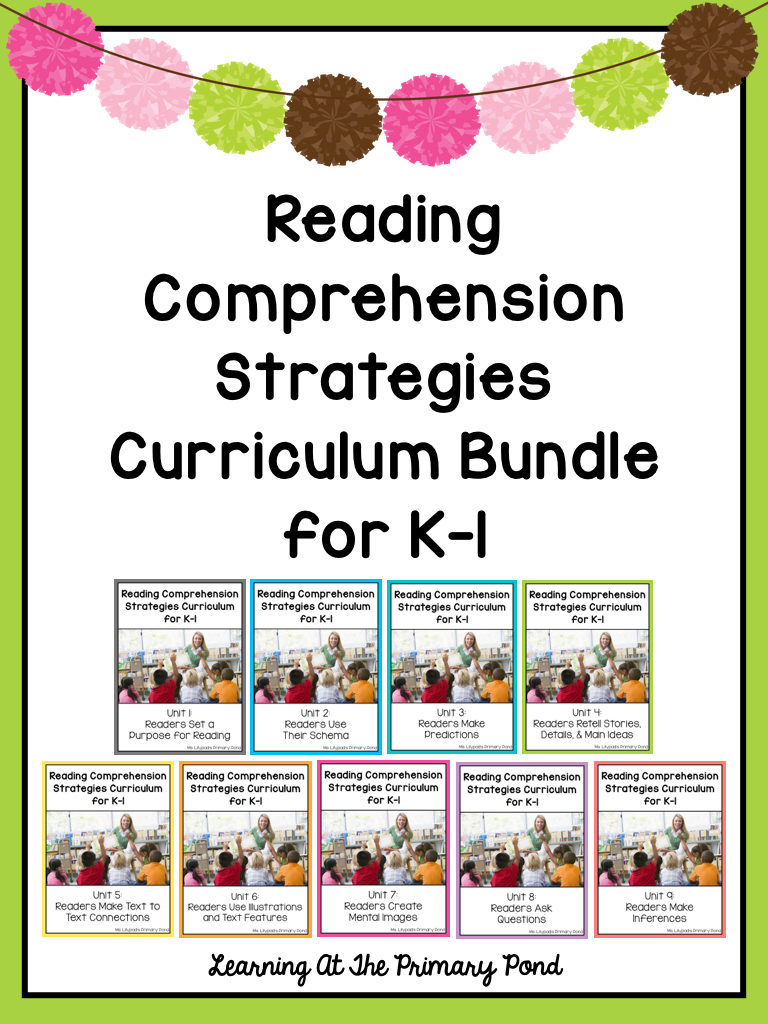
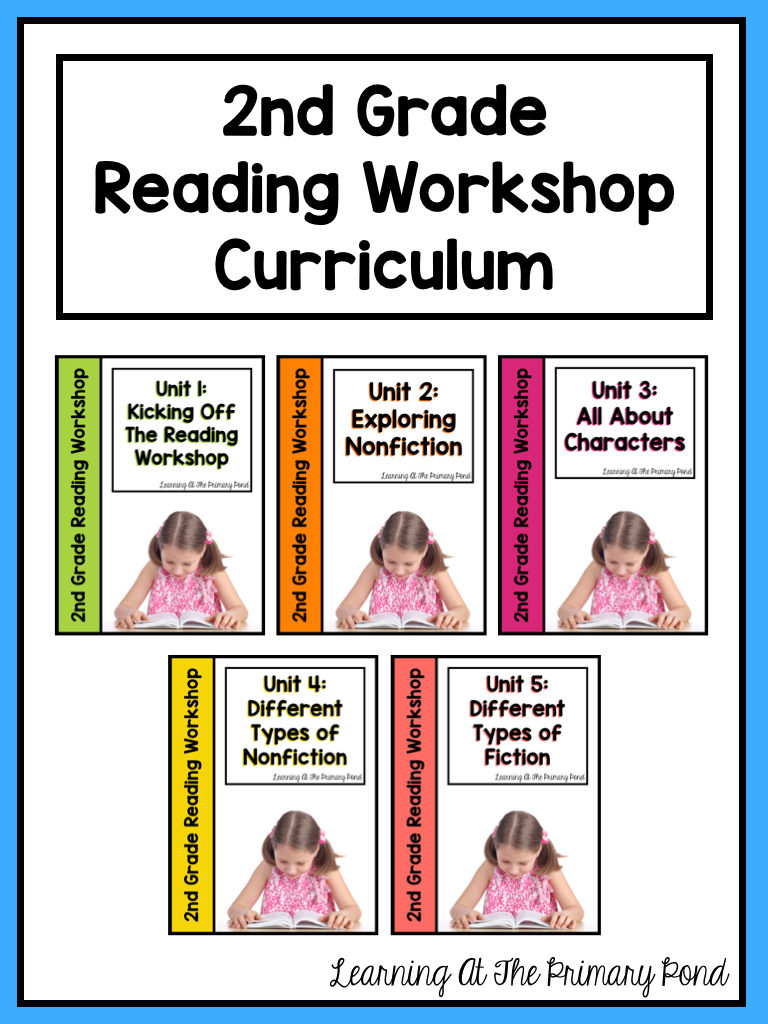


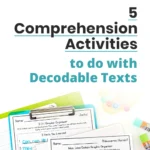
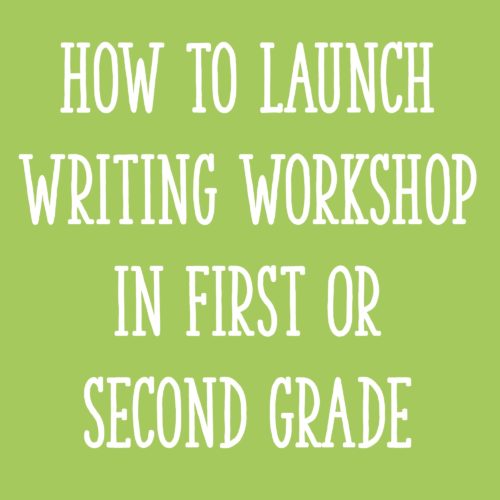
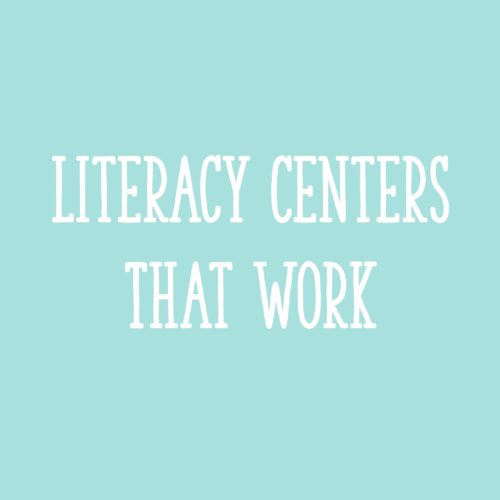
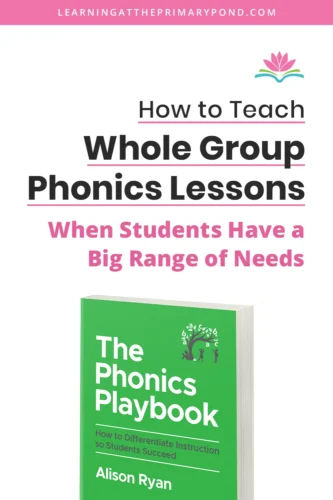






This was super helpful Alison! Even though I teach in Spanish, your webinar gave me so many ideas on how to help my second graders gain these comprehension skills. Thanks so much for sharing!
I am so glad, Celine! I’m glad you can adapt the info to use with your bilingual students. Thank you for attending!! 🙂
Alison
I bought your reAding units but we teach by genre. So my plan is to print them and put the ones that focus on different genres together. It would make more sense to do it your way, but no one asked me.
Hey Pam! I know a lot of schools do it that way, too – sit hould be pretty easy to just separate the fiction lessons and nonfiction lessons from my units and use them that way. Feel free to email me if you have questions though!! 🙂
Alison